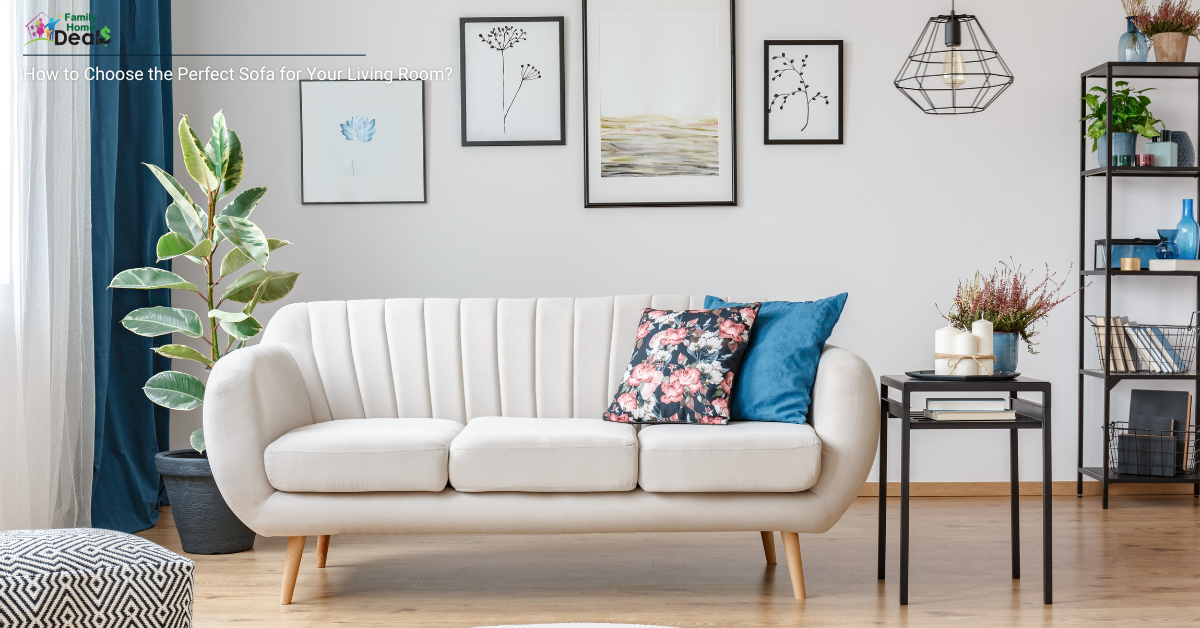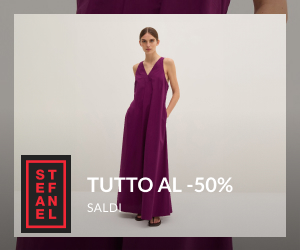
When it comes to furnishing your living room, the sofa often takes center stage. It’s where you unwind after a long day, host gatherings with friends, or curl up with a good book. But with so many options available, choosing the right sofa for your living room can feel overwhelming. From size and style to fabric and function, making the wrong choice can lead to regret and unnecessary expense. To help you make an informed decision, we’ll walk you through everything you need to know about selecting the perfect sofa and highlight the common mistakes to avoid when buying a sofa for your living room.
Buying a sofa is more than just picking a design that catches your eye. It requires careful consideration of various factors to ensure it fits your space, lifestyle, and personal taste. Whether you’re furnishing a new home or replacing an old couch, this guide will equip you with the knowledge to find a sofa that meets your needs and enhances the comfort and aesthetics of your living room. Let’s dive in and explore what it takes to choose the ideal sofa for your living room.
How to Choose the Perfect Sofa for Your Living Room?
Understanding Your Space
Before you even start browsing for sofas, the first step is to understand the space where the sofa will go. This involves measuring the dimensions of your living room and considering the layout.
Measure Your Room: The most common mistake people make is buying a sofa that’s either too large or too small for their living room. To avoid this, measure your space carefully. Use a measuring tape to record the length, width, and height of your living room. Don’t forget to account for windows, doors, and any architectural features that might impact where the sofa can be placed.
Consider Your Layout: Think about how your living room is arranged. Where will the sofa be placed in relation to other furniture? Will it face the TV, a fireplace, or a window? How will it impact traffic flow in the room? You want a sofa that enhances your room’s layout, not disrupts it. If you’re working with a smaller space, consider a sofa with a slimmer profile or a sectional that can fit snugly in a corner.
Choosing the Right Style
Once you’ve measured your space and considered your layout, it’s time to think about style. Your sofa should complement the overall design of your living room, whether it’s modern, traditional, or somewhere in between. The style you choose sets the tone for the entire room, so it’s important to think carefully about how your new sofa will fit into the existing decor and atmosphere.
Match Your Existing Décor
A sofa that clashes with your existing décor can throw off the entire vibe of your living room. To ensure harmony, consider the style, color, and texture of your other furniture and décor items. For instance, if your living room has a contemporary feel, a sleek, minimalist sofa might be the best fit. Contemporary sofas often feature clean lines, metal or wood legs, and low profiles, which align with modern aesthetics. On the other hand, a plush, overstuffed sofa with rolled arms and soft cushions might be more suitable for a traditional or cozy, rustic room. These sofas often come with ornate detailing, wooden feet, and fabrics that evoke a sense of comfort and warmth.
For eclectic spaces, where a mix of styles is the norm, you can opt for a sofa that has elements from different styles. For example, a mid-century modern sofa with tufted cushions and wooden legs could blend seamlessly into a room that combines vintage and contemporary elements. The key is to pick a sofa that feels cohesive with your existing pieces while adding its own unique flair.
Think About Color
Color is a crucial factor in choosing a sofa for your living room because it affects the mood and harmony of the space. Neutral colors like beige, gray, or cream are versatile and can easily match different styles and color schemes. These colors work well if you want a sofa that blends into the background and allows other elements of the room, like artwork or a bold rug, to stand out.
However, if you want to make a bold statement, consider a sofa in a vibrant hue or with a patterned fabric. For example, a deep blue or emerald green sofa can serve as a striking focal point in a room, especially when paired with contrasting cushions or throws. If you prefer patterns, think about how they interact with the rest of your décor. A patterned sofa can add visual interest, but it should complement rather than compete with other patterns in the room, like those on curtains, rugs, or other upholstered furniture.
When choosing a color, also think about practicality. Light-colored sofas can make a room feel airy and open, but they may require more maintenance to keep them looking fresh, especially in homes with kids or pets. Darker colors, on the other hand, are better at hiding stains and can give a room a more intimate, cozy feel. Just be sure that the color you choose will still look good with your décor if you decide to redecorate in the future,
Pay Attention to Details
The little details can make a big difference in the overall look of your sofa. These details not only contribute to the aesthetic appeal but also to the character and functionality of the sofa.
- Arm Style: The shape of the sofa’s arms can dramatically change its look and feel. For example, rolled arms give a sofa a more traditional, cozy appearance, perfect for classic or farmhouse-style living rooms. In contrast, straight, square arms tend to look more modern and are ideal for contemporary spaces. There are also flared arms, which add a bit of drama and can be a good middle-ground between traditional and modern styles.
- Leg Style: The style of the sofa legs can also influence the overall design. Wooden legs can add warmth and a touch of natural elegance, particularly if they are tapered or turned. Metal legs, often found in modern and industrial designs, can give the sofa a sleeker, more streamlined look. Some sofas have hidden legs, which create the illusion of the sofa floating above the floor, adding to a minimalist aesthetic.
- Cushion Style: Consider whether you prefer a sofa with removable cushions or fixed cushions. Removable cushions offer more flexibility and can be turned over or replaced if they become worn. Fixed cushions, on the other hand, tend to give the sofa a cleaner, more tailored look. Additionally, tufted cushions, where buttons are sewn into the cushions to create a pattern of indents, can add a touch of sophistication and are often associated with Chesterfield-style sofas.
- Piping and Stitching: Decorative elements like piping (the thin cord that outlines the cushions) and stitching can add subtle elegance to a sofa. Contrasting piping, where the piping is in a different color than the fabric, can make the sofa look more refined and tailored. Visible stitching, especially when done in a contrasting thread, can create a more artisanal, handcrafted appearance, adding texture and visual interest to the piece.
These elements—arms, legs, cushions, piping, and stitching—might seem minor on their own, but together they can significantly impact the sofa’s overall aesthetic and how it fits into your living room. By paying attention to these details, you can ensure that your sofa not only complements your existing décor but also stands out as a statement piece that reflects your personal style.
Prioritizing Comfort and Functionality
A sofa may look great, but if it’s not comfortable, you won’t want to spend time on it. Comfort and functionality should be top priorities when choosing a sofa for your living room.
- Test for Comfort: Before making a purchase, always test the sofa for comfort. Sit on it for a while, lie down, and see how it feels. The cushions should be supportive but not too firm. Also, consider the depth of the seat. A deeper seat might be more comfortable for lounging, while a shallower seat might be better if you prefer to sit upright.
- Consider How You’ll Use It: Think about how you’ll be using your sofa. Will it be a spot for watching TV, entertaining guests, or taking naps? If you have kids or pets, you’ll want a durable, easy-to-clean fabric. If you frequently host overnight guests, consider a sofa bed or a sectional with a chaise that can double as a sleeping area.
Selecting the Right Fabric
The fabric you choose for your sofa not only affects its appearance but also its durability and ease of maintenance. The right fabric can ensure your sofa stays looking good and lasts for years.
- Assess Durability: If your living room sees a lot of activity, durability should be a key consideration. Fabrics like leather or tightly woven textiles tend to be more durable and easier to clean. If you’re worried about stains or spills, look for sofas with stain-resistant fabrics or removable covers that can be washed.
- Think About Texture: The texture of the fabric can also affect the comfort and style of your sofa. Velvet, for example, has a luxurious feel and adds a touch of elegance to any living room, but it might not be the best choice if you have pets that could snag the fabric. Linen, on the other hand, is breathable and casual, but it can wrinkle easily and may not be as durable.
- Consider the Climate: If you live in a hot climate, you might want to avoid materials like leather, which can become sticky in warm weather. In cooler climates, however, leather can add warmth and comfort. Choose a fabric that will feel good year-round and fit your lifestyle.
Common Mistakes to Avoid When Buying a Sofa for Your Living Room
Now that you know what to look for, let’s discuss some common mistakes that many people make when buying a sofa for their living room. By avoiding these pitfalls, you can save yourself time, money, and frustration.
1. Not Measuring Properly
As mentioned earlier, not measuring your space correctly can lead to buying a sofa that doesn’t fit. This is one of the most common and costly mistakes. Always measure twice to ensure the sofa will fit through your doors, hallways, and, of course, in the designated space in your living room.
2. Ignoring Scale and Proportion
A sofa that’s too big can overwhelm a small room, while a tiny sofa might look lost in a large space. The key is to find a sofa that’s proportionate to the size of your living room. Consider the height of the backrest and the width of the arms relative to your other furniture.
3. Choosing Style Over Comfort
While it’s important to choose a sofa that looks good, comfort should never be sacrificed. A stylish sofa that’s uncomfortable will quickly become an eyesore when it goes unused. Always prioritize how the sofa feels to you and your family.
4. Overlooking the Quality of Construction
A sofa might look great on the outside, but what’s inside counts just as much. Don’t be fooled by appearances; pay attention to the quality of the frame, cushions, and upholstery. A well-constructed sofa will last longer and offer better support.
5. Forgetting About Maintenance
Some sofas require more upkeep than others. Light-colored fabrics, for instance, can easily show stains, while certain materials may need special cleaning products. Before making a decision, consider how much effort you’re willing to put into maintaining your sofa.
6. Not Considering Your Future Needs
Your living room’s needs may change over time. If you plan on starting a family, adopting pets, or moving to a new home, think about how your sofa will fit into these plans. A sofa that meets your needs today might not be practical in a few years.
It’s about style, comfort, and durability
Choosing the right sofa for your living room is a significant decision that can impact both the look and feel of your home. By taking the time to measure your space, consider your layout, and think carefully about style, comfort, and durability, you can find a sofa that not only fits your living room but also your lifestyle. Avoiding common mistakes like not measuring properly, choosing style over comfort, and overlooking maintenance needs will help you make a purchase you’ll be happy with for years to come.
With the right approach, buying a sofa doesn’t have to be a daunting task. Armed with these tips, you can confidently choose a sofa that will become the centerpiece of your living room, providing comfort, style, and durability. So, take your time, do your research, and enjoy the process of finding the perfect sofa for your living room.



